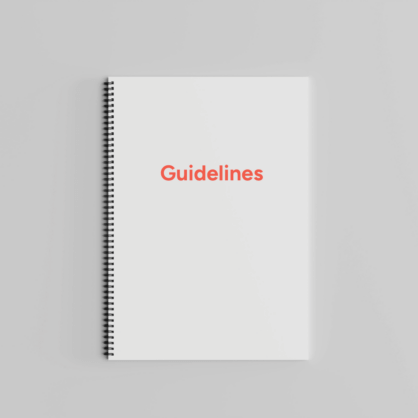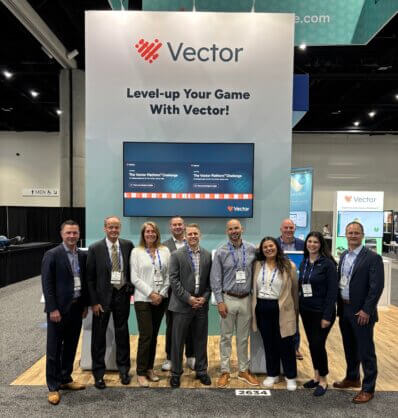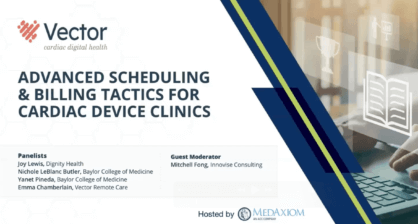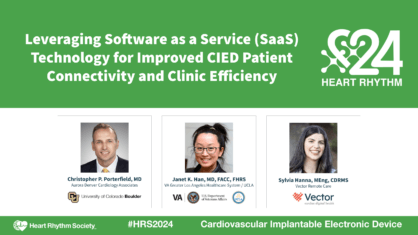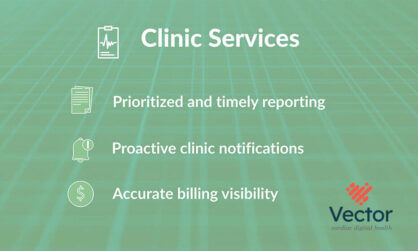All About Cardiac Remote Patient Monitoring Software
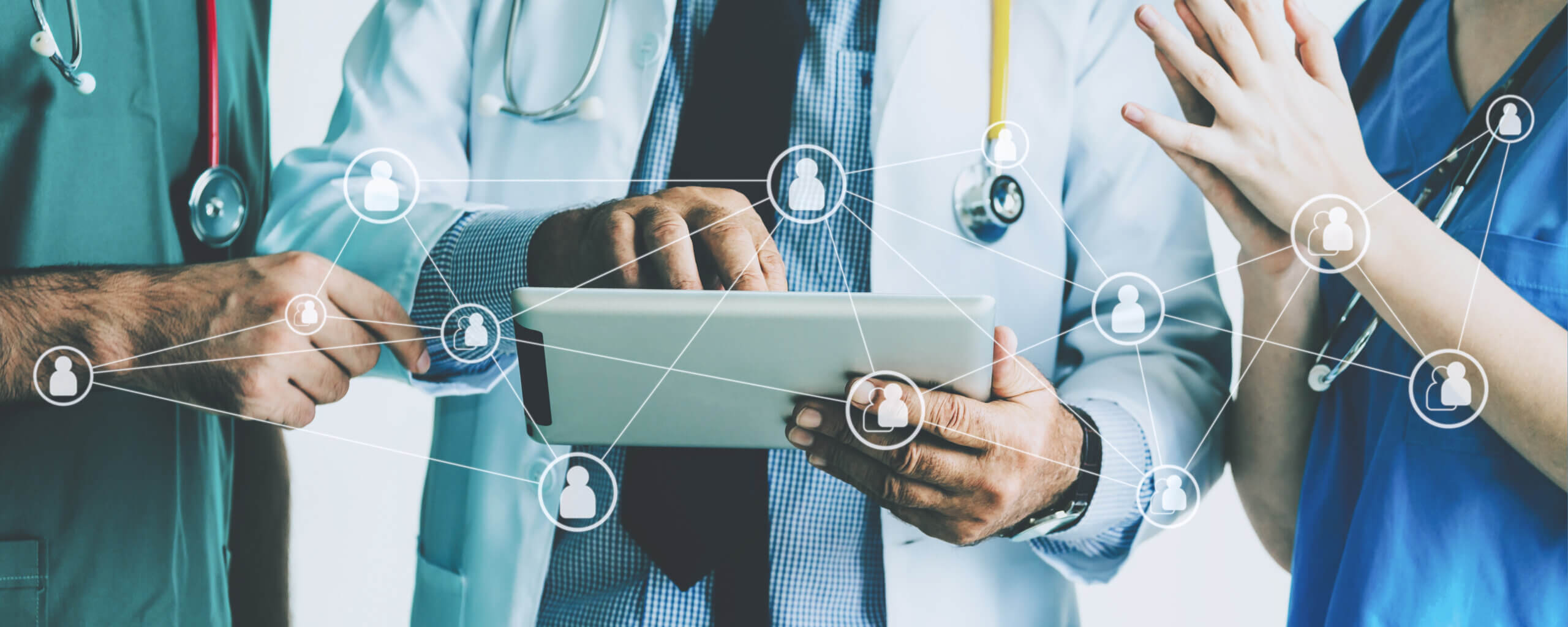
Comprehensive healthcare for rhythm and heart failure requires the ability to monitor a heart’s condition. In response, an increasing number of clinics have chosen to rely on cardiac remote patient monitoring (RPM) software. This software is transforming preventative healthcare, as it optimizes clinic management and improves patient care. Remote patient monitoring is becoming the go-to solution for many clinics, providing them with the tools to monitor patients’ cardiac conditions and address any issues before they become severe. RPM solutions are improving healthcare outcomes and helping patients lead healthier lives.
Since it was announced as a Class 1A recommendation in 2015 by the Heart Rhythm Society, cardiac remote patient monitoring has become the standard of care for cardiac device patients. However, for clinics that have implemented RPM, increases in patient data and shortages of qualified staff to manage that data have resulted in remote monitoring becoming another challenge to manage instead of the valuable resource it was intended to be. As RPM solutions continue to gain popularity, it is essential for clinics to find ways to manage this influx of data effectively and make the most of the valuable insights provided by RPM. With effective management and use, RPM can provide clinicians with the tools to improve patient outcomes and deliver better quality care.
What is Cardiac Remote Patient Monitoring Software?
Cardiac implantable devices are sophisticated technology that provide both therapy and diagnostics for patients with irregular heart rhythms. To accurately manage these devices, regular in-person checks are supplemented with remote monitoring tools. However, as most clinics manage devices across multiple manufacturers, it can be challenging to efficiently manage the deluge of alerts coming in each day. This is where cardiac remote patient monitoring software can make a significant difference. By centralizing data from different devices and manufacturers, RPM software allows clinics to efficiently manage remote alerts and make timely patient interventions, improving the quality of care and health outcomes. RPM software is becoming an essential tool for clinics as it helps clinicians optimize patient care, reduce workload, and improve their ability to manage and monitor cardiac devices.
There are several benefits a software can bring to clinics to help increase efficiency, accuracy, and revenue:
Portal Sync
The software consolidates data that the cardiac device portals collect into one repository, giving clinic staff a single workflow for addressing all device alerts. An optimal software solution also provides bi-directional portal sync, which automatically reconciles the alert management back to the websites. These features eliminate the need to log in to the manufacturer portals and ultimately save clinics time.
Data Normalization
Sophisticated software can also be programmed to normalize the data from alerts for standardized reporting. That means despite the individual language each manufacturer uses for their device alerts, the software can automatically identify the parallels and uniformly create reports — making it easier for staff to transition between alerts from different devices and manufacturers quickly.
Customized Prioritization
An advanced cardiac remote patient monitoring software will tailor the incoming alerts to highlight the most relevant information based on a clinic’s protocols and then prioritize all alerts accordingly. This allows staff to focus on the alerts they have identified as most urgent and put the normal alerts at the bottom of the list.
Electronic Health Record (EHR) System Integration
The EHR is the source of truth across the clinic. Ensuring all cardiac device data is integrated is critical to confirm the accuracy and timely communication across teams. Cardiac remote monitoring software that is fully integrated with clinics’ EHRs allows for seamless data transfer to all care teams and automated billing.
Who Uses Cardiac Remote Patient Monitoring Software?
Many clinics find it critical to leverage software as the number of patients with cardiac implantable electronic devices continually increases, which adds strain to clinics struggling to keep up. Due to how simple and effective it has become, cardiac remote patient monitoring software usage has become a lifeline for all staff across the clinic.
Device-following cardiologists benefit from the software because it creates a more accurate and efficient manner of managing their patients’ alerts. They can be sure they are reviewing the most urgent cardiac events first and treating patients.
Device nurses and techs can better prioritize their workloads with software that relieves the clerical burden of manually reviewing, editing, and triaging alerts. In many cases, this frees up their time to focus on patient care and overall improves their satisfaction in their job.
Clinic administrators and office managers have a staff that is happier and operates more efficiently, often resulting in lower turnover and higher patient retention. Software that integrates with financial teams can also increase revenue and ensure events are billed correctly and on time. Both quick to use and easy to collaborate with, RPM software is an investment up front which provides a great return on investment while supporting the efficacy of clinics and their staff.
What’s Next in Cardiac Remote Patient Monitoring Software?
Cardiac devices managed by RPM software are reducing hospital admissions and time to diagnosis and treatment for patients with arrhythmias and heart failure. Clinics with efficient remote monitoring programs are now looking for ways to grow their offering with vitals monitoring to more fully monitor heart failure.
Further, cardiac patients expect cardiac remote monitoring to include other wearable devices — including smartwatches and Holter monitors. As a result, having sophisticated software that is easy to use and continues to evolve will be a necessary investment to fill this growing need.
At Vector Remote, we are passionate about patient care, clinic satisfaction, and maintaining a platform built for growth. With The Vector Patient Care Platform™, patient connectivity and data management for rhythm and heart failure is simplified. Our cardiac remote patient monitoring software allows your clinic to maximize and expedite care while increasing revenue. Let’s connect so we can discuss how we can help your clinic.






